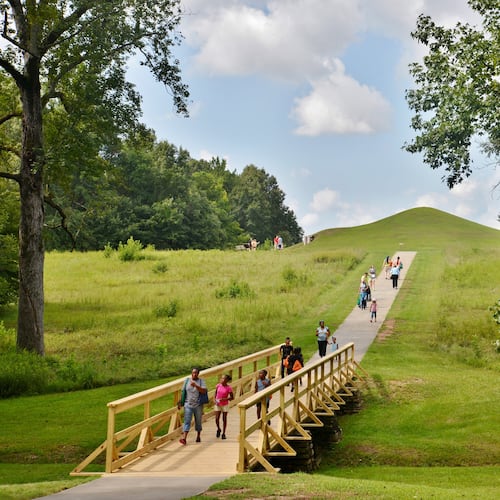Ten years ago, the notion of a chief bicycle officer for the city of Atlanta would have been laughingly dismissed as useless in the city known for urban sprawl and traffic.
Fast forward to Mayor Kasim Reed’s bold statement in his first year in office that Atlanta would remake itself into one of the top 10 sustainable cities in America. With that charge, we started down a path of smart urban revitalization that shows itself in so many ways. Among them are the significant progress of the Beltline’s Eastside and Westside Trails; the transformation of a warehouse and parking lot wasteland into the Historic Fourth Ward Park; the rebirth of a shuttered behemoth into the nationally acclaimed Ponce City Market; and the steady increase in bikeways across the city.
Each of these developments announce clearly that we are in the middle of a paradigm shift in Atlanta. It’s a shift away from car-centric development and sprawl that prioritizes moving people and goods, and a shift toward development that connects people and neighborhoods, one that encourages living in and experiencing Atlanta in a new way.
Of all the opportunities for moving Atlanta farther and faster into a sustainable, more livable city, none is more misunderstood than bike lanes.
Despite reams of studies that document the concrete benefits to a city when pedestrians and cyclists are planned for and encouraged – from health to environmental to financial to competitiveness – city transportation efforts that expand bike lane networks are met with frustration, and sometimes, outright opposition.
But it doesn’t have to be this way. The battle for the streets is not a zero-sum game. Safe, designated spaces for bike commuters and pedestrians actually reduce congestion for all users of the road. The belief that solely adding car lanes will alleviate congestion is simply wrong.
Take Ponce De Leon, for example. When the seven-lane road was converted to five lanes with dedicated turn lanes and bike lanes, the throughput increased for drivers and we’ve seen a 25 percent decrease in overall crashes. And it just so happened that there is now dedicated space on the road for all users.
As Atlanta’s first chief bicycle officer, my work is to double our bike-facility mileage; create a connected, safe bike network; roll out a bike share system and double bike commutes — not just to support people on bikes, but to improve mobility for people who drive, bike, walk or take transit. Along the way, I want to convince Atlantans that the real way to fight congestion is not with more highways, wider roads or more lanes, but with options that make it possible for roughly 30 percent of us to walk or ride a bike for those trips where we may have traditionally taken a car.
Growth in our city is inevitable. Successfully managing that growth requires Atlanta to embrace density and create transportation options beyond the lone driver in a car. When we do this, we become a better city to live in, not just drive through.
About the Author
Keep Reading
The Latest
Featured


